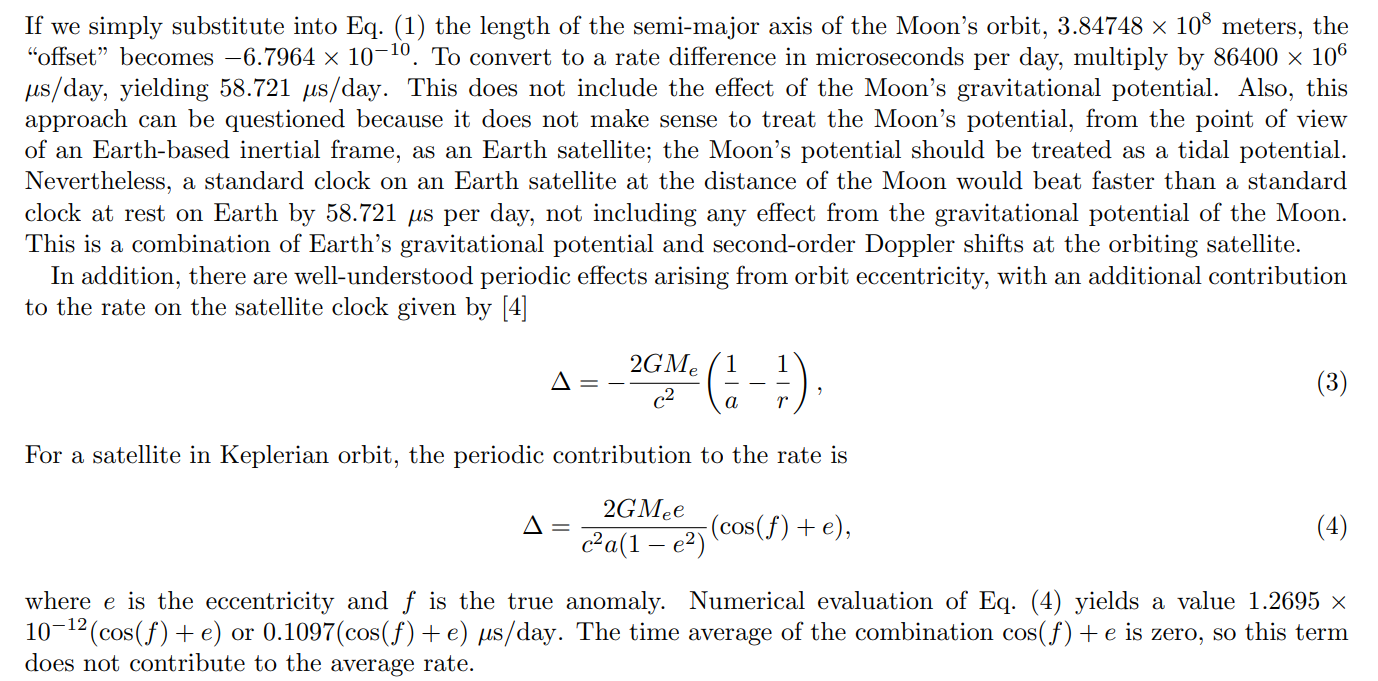and the distribution of digital products.
DM Television
Why It's So Difficult To Establish a Lunar Time Standard
Clocks at Earth-Moon Lagrance Points
4.1 Clock at Lagrange point L1
\ Appendix 1: Fermi Coordinates with Origin at the Center of the Moon
Appendix 2: Construction of Freely Falling Center of Mass Frame
Appendix 3: Equations of Motion of Earth and Moon
Appendix 4: Comparing Results in Rotating and Non-Rotating Coordinate Systems
Acknowledgments and References
\
2. CLOCKS IN ORBITAn instructive example of establishing a coordinate time on Earth is the GPS time. The constellation clocks are set to beat at the average coordinate rate corresponding to clocks at rest on the surface of the rotating Earth by applying a “factory frequency offset” to the clocks before launch, which is [4]
\

\

\ This model is based on using an eccentric Keplerian orbit in the local inertial frame centered on Earth’s center of mass. The center of mass of the Earth and Moon approximately follows a Keplerian orbit. However, for the EarthMoon system, one cannot have a Keplerian orbit in a coordinate system centered on the Earth and a Keplerian orbit in a coordinate system centered on the Earth-Moon center of mass with the same orbit parameters. There are also relativistic effects arising from changes in time and length scales, Lorentz contraction, and changes in tidal effects.
\

\
:::info Authors:
(1) Neil Ashby, National Institute of Standards and Technology, Boulder, CO 80305 ([email protected]);
(2) Bijunath R. Patla, National Institute of Standards and Technology, Boulder, CO 80305 ([email protected]).
:::
:::info This paper is available on arxiv under CC0 1.0 license.
:::
\
- Home
- About Us
- Write For Us / Submit Content
- Advertising And Affiliates
- Feeds And Syndication
- Contact Us
- Login
- Privacy
All Rights Reserved. Copyright , Central Coast Communications, Inc.